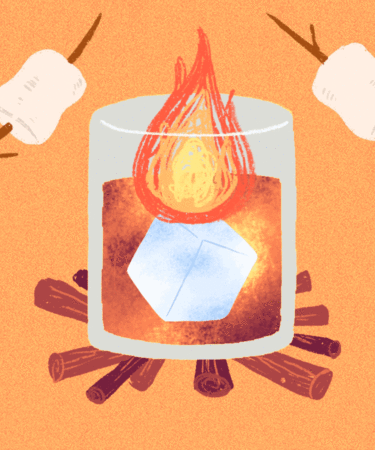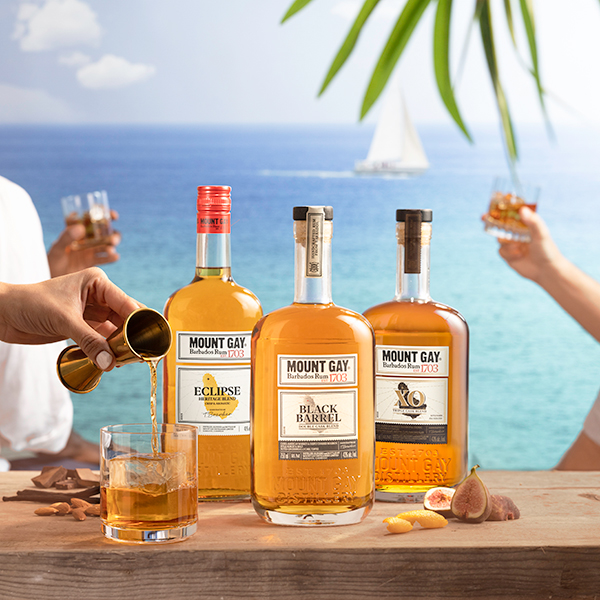If you’re familiar with overproof rum at all, it’s most likely Bacardi 151, a rum that either harkens back to bad decisions made in younger days, or a brand that you’ve seen used as a floater in certain shots, or on top of desserts where it’s set aflame, much to the danger and delight of giddy patrons. But overproof rum is also now having a moment, especially in the world of tiki, due to the complexity and nuance its higher alcohol content can add to drinks.
In the most simple terms, an overproof rum is any rum that contains more than 50 percent alcohol by volume. In rum’s infancy, a proofed rum was one that contained half ethanol and half water, thereby receiving the designation of being 100 proof. This was used in order to levy taxes on the spirit by excise and customs officials — any rum over this proof was automatically considered overproof and thereby subject to a larger tax. In order to avoid higher fees, many distillers stuck to the 50-50 combination.
The legend of overproof rum, as well as its ubiquity, is much more interesting than tax collection, though. As the story goes, colonial-era sailors in the British navy had historically been given a daily ration of Cognac, but with more naval ships docking in the Caribbean, and with Cognac being more expensive (not to mention a French product), the decision was made to substitute the Cognac for rum. At proof, if the rum happened to spill anywhere near gunpowder, the 50 percent water in the liquid would mix with the gunpowder and make it unable to light. But over-proofed rum would do no such thing. Hence, why so many overproof rums also carry the marker “navy strength.”

